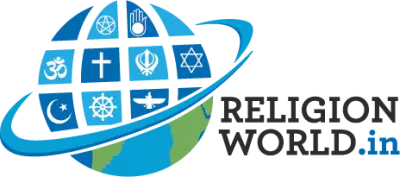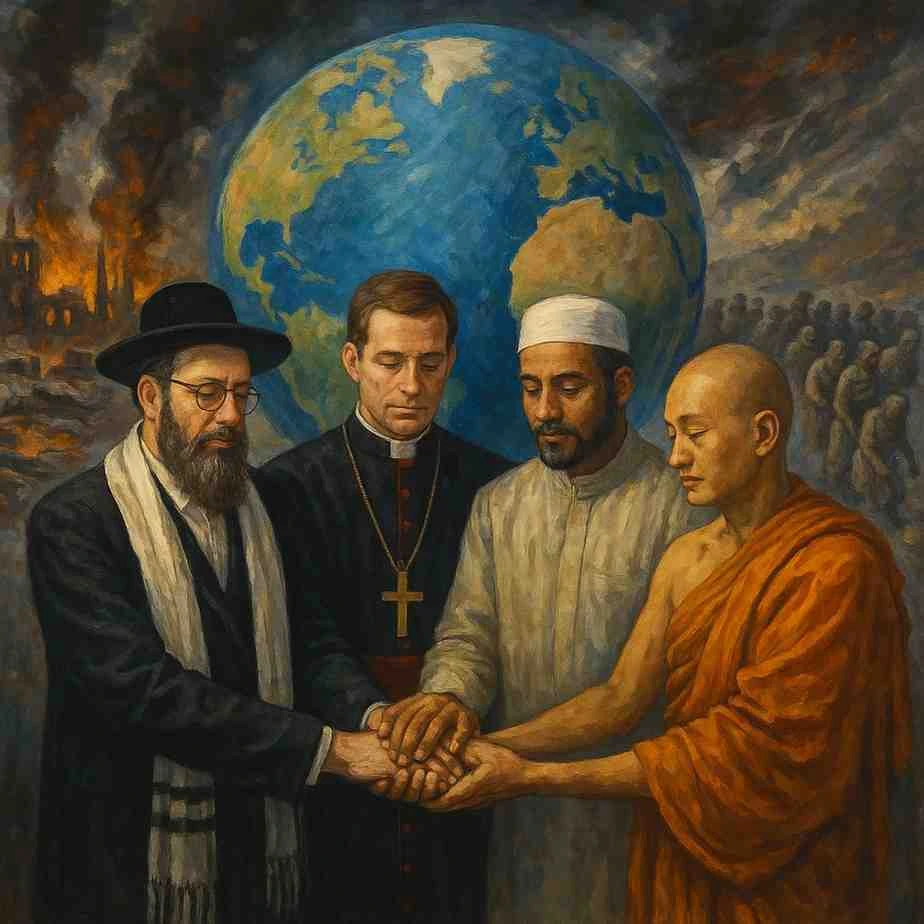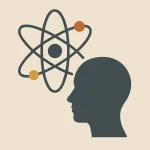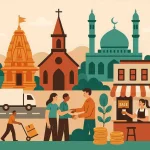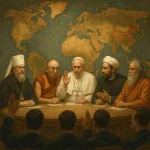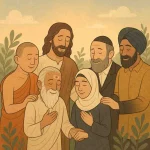Interfaith Collaboration During World Crises
Whenever the world faces a major crisis—be it a pandemic, a natural disaster, or widespread conflict—the greatest strength humanity possesses is its ability to stand together. In such moments, religion becomes more than a place of worship; it becomes a force that unites people beyond boundaries. When different faith communities come together, support each other, and work towards a common goal, it is known as interfaith collaboration. Over the years, such cooperation has shown that unity is always stronger than adversity.
Faith Communities as First Responders
During the initial days of a crisis, religious institutions often act faster than formal systems. Temples, mosques, churches, gurudwaras, and other places of worship immediately open their doors to provide food, water, medicines, and shelter. These institutions hold two powerful tools—trust and reach. People trust their religious leaders, listen to their guidance, and feel emotionally supported by them. This trust becomes a strong bridge between different communities. When a crisis affects everyone alike, faith communities naturally step up with a shared commitment to serve humanity.
Shared Values That Strengthen Unity
Every religion, despite its unique history and practices, is rooted in similar teachings—compassion, kindness, charity, truth, and service. These shared values form the foundation of interfaith collaboration during crises.
Compassion: All faiths encourage helping those in pain.
Coexistence: Most traditions emphasise peace and harmony.
Charity: Serving the needy is a universal spiritual directive.
Because of these common values, religious groups find it easy to come together during difficult times.
How Interfaith Groups Support During Crises
Interfaith collaboration takes many forms in real-life situations:
1. Joint Relief Camps
In many regions, joint relief centres run by multiple religious groups have provided lifesaving aid. When food, shelter, and medical support come from a united platform, it helps thousands of affected people feel safe and cared for.
2. Medical and Emotional Support
Faith-based organisations bring together doctors, volunteers, and counsellors to offer both physical and emotional assistance. During deeply stressful times, spiritual comfort plays a crucial role in healing.
3. Youth Volunteer Forces
Young volunteers from different religions often become the backbone of relief efforts. They participate in rescue missions, distribute supplies, organise awareness drives, and support affected families. This not only accelerates help but also builds a sense of unity among the younger generation.
4. Fundraising Across Communities
When religious leaders collectively appeal for donations, people respond generously. This kind of interfaith fundraising sends a powerful message: help should be given based on need, not based on identity.
Building Trust in a Divided World
In a world where misunderstandings between communities sometimes lead to tension, interfaith collaboration becomes a healing force. Working side by side breaks stereotypes, eliminates fear, and nurtures mutual respect.
Communities understand each other better.
Old barriers begin to fade.
New channels of dialogue and cooperation open up.
The trust built during crisis relief continues long after the crisis is over, creating long-term harmony.
Interfaith Leaders as Voices of Hope
Religious leaders play a significant role in guiding people during turbulent times. Their words provide reassurance, calm, and clarity. When leaders from different faiths come together and offer a unified message—humanity first—it inspires millions. They also help reduce misinformation, discourage hate, and encourage people to act responsibly and compassionately.
A Roadmap for the Future
The lessons from past crises clearly show that interfaith collaboration is not only helpful during emergencies but also essential for long-term peace and development. Going forward, the world needs:
Interfaith Dialogue Platforms
Regular discussions strengthen understanding and preparedness.Joint Training for Emergencies
Shared training in disaster management, first aid, and community service builds coordinated response systems.Digital Collaboration Tools
Online meetings, awareness campaigns, and united appeals can bring together religious groups across countries and cultures.
During global crises, the diversity of religions becomes a source of strength rather than division. Interfaith collaboration represents the collective spirit of humanity—a spirit that rises above differences and focuses on shared values. It proves that no matter how severe the crisis, people can overcome anything when they choose unity over separation. In every challenge, there lies an opportunity to build a world where compassion, cooperation, and understanding thrive.
~Religion World Bureau
